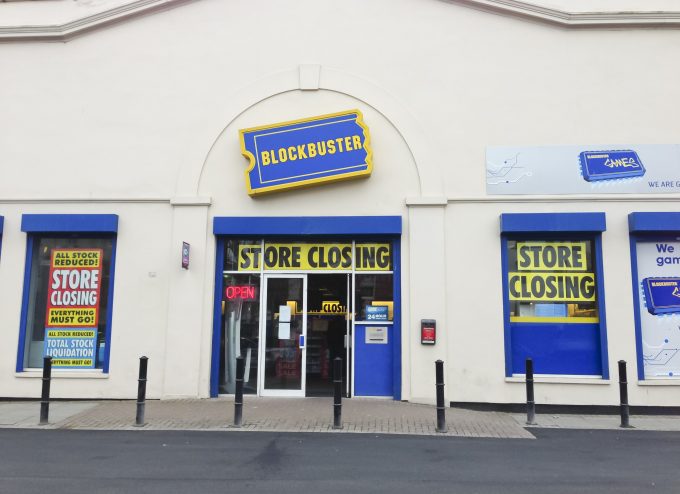US LTL and trucking sectors steering toward further consolidation
Pitt Ohio, the 13th largest LTL carrier in the US rolled into the new year ...

Love me tender? Not in today’s world. If you’ve got what it takes, tech savvy customers will find you …
This business we call “freight forwarding” has changed. Those that haven’t recognised that are probably people still with a Blockbuster Video membership card pinned expectantly to the fridge.
It’s pretty hard to miss the changes, but freight forwarders can have a nasty habit of hoping that change will bypass them and impact everyone else – while doing their business a massive favour at the ...
Maersk skips call at Rotterdam as labour issues bring delay
The shape of Asia-Europe shipping capacity as the new alliances bed in
CBP won't be ready for flood of extra processing after de minimis pause
Near-shoring drives Mexican warehouse space to historic lows
Rough seas drive powerless MSC box ship aground on Canadian coast
'Hands on triggers' over Gaza a threat to early Red Sea return
Chaos at Chittagong as port workers' strike creates vessel and box backlogs

Comment on this article
Stephanie Johnson
August 02, 2017 at 9:12 amGreat article David! I particularly appreciate your pop culture references. As a Marketing professional in the supply chain and logistics industries, it’s so refreshing to hear this point of view – stepping away from “this is how things have always been done”. What you’ve described here is inbound marketing. How long ago did SEKO adopt this approach? What was it that triggered this change in the company?
I recently wrote an article on 3 Key Marketing Lessons for Logistics Providers. I’d love to hear your thoughts on its usefulness.
Link here: http://blog.gravitysupplychain.com/blog/3-invaluable-supply-chain-management-marketing-lessons-no-experience-required